Iterator C++ Example Vector
Here’s an example of this:.

Iterator c++ example vector. Returns an iterator that points to the first element of the vector, as in the following code segment:. This is One-Way and Write only iterator;. In particular, when iterators are implemented as pointers or its operator++ is lvalue-ref-qualified, ++ c.
Input, output, forward, bidirectional, and random access. The number is 30 The number is The number is 10 Sample Output:. Iterators are also useful for some functions that belong to container classes that require operating on a range of values.
For example, Stroustrup's The C++ Programming Language, 3rd ed., gives an example of a range-checking iterator. Using std::iterator as a base class actually only gives you some typedefs for free, but it’s worth it to get the standard names, and to be clear what we are trying to do. Returns the element of the current position.
Some STL implementations use a pointer to stand for the iterator of a vector (indeed, pointer arithmetics does a fine job of +=, and other usual iterator manipulations). An iterator to the beginning of the sequence container. It is an object that functions as a pointer.
To convert an array to vector, you can use the constructor of Vector, or use a looping statement to add each element of array to vector using push_back() function. C++ vector<type>::iterator implementation example. C++11 iterator begin() noexcept;.
Though we can still update the iterator (i.e., the iterator can be incremented or decremented but the element it points to can not be changed). The output iterators are used to modify the value of the containers. When this happens, existing iterators to those elements will be invalidated.
The container's insert() member function is called whenever the iterator (whether dereferenced or not) is assigned to. They are primarily used in the sequence of numbers, characters etc.used in C++ STL. A simple but useful example is the erase function.
3 The number is 30 The number is 10. And it is also the case for. But what if none of the STL containers is the right fit for your problem?.
Reasons for element shift are as follows, If element is inserted in between then it shift all the right elements by 1. The number is 10 The number is The number is 30 Reverse Iterator:. Another solution is to get an iterator to the beginning of the vector & call std::advance.
But since you are using vector as your example implementation we should consider the "Random Access Iterator Concept". The final technical vote of the C++ Standard took place on November 14th, 1997;. An inserter is an iterator adaptor that takes a container and yields an iterator that adds elements to the specified.
(The article was updated.) Rationale behind using vectors. // create a vector of 10 0's vector<int>::iterator i;. Remove elements from a list while iterating.
It does this by eliminating the initialization process and traversing over each and every element rather than an iterator. When a new element is inserted in vector then it internally shifts its elements and hence the old iterators become invalidated. There are two primary ways of accessing elements in a std::vector.
Edit Example Run this code. To iterate backwards use rbegin() and rend() as the iterators for the end of the collection, and the start of the collection respectively. In this example, we would like to apply different sequence data structures, including std::list, std::array, std::vector, and a custom dummy vector class DummyVector, to the custom template function maximum and the std function std::max_element, which take in two Iterator instances and return an Iterator instance, to find out the.
And to be able to call Iterator::value_type for example. An iterator is any object that, pointing to some element in a range of elements (such as an array or a container), has the ability to iterate through the elements of that range using a set of operators (with at least the increment (++) and dereference (*) operators). Const_iterator begin() const noexcept;.
#include<iostream> #include<vector> int main() { vector<int> v(10) ;. This is mostly true, but there is one exception:. If the vector object is const-qualified, the function returns a const_iterator.
As an example, see the “Iterator invalidation” section of std::vector on cppreference. They brought simplicity into C++ STL containers and introduced for_each loops. Creating a custom container is easy.
A pointer can point to elements in an array, and can iterate through them using. Get code examples like "c++ vector iterator" instantly right from your google search results with the Grepper Chrome Extension. But should you really give up for_each loops?.
If the vector contains only one element, vec.end() becomes the same as vec.begin(). Returns a random access iterator pointing to the first element of the vector. The Output iterators has some properties.
Since iterator supports the arithmetic operators + and -, we can initialize an iterator to some specific position using (+) operator. The implementation of an iterator is based on the "Iterator Concept". Convert Array to Vector using Constructor.
These are like below:. An iterator is best visualized as a pointer to a given element in the container, with a set of overloaded operators. Will create an iterator for a vector of int s vector <char>::iterator It;.
It can be incremented, but cannot be decremented. C++ Vector Example | Vector in C++ Tutorial is today’s topic. C++ Iterators are used to point at the memory addresses of STL containers.
/** ** please note how the expression to generate ** the same output changes **/ // traditional index based - good for. There are five types of iterators in C++:. 36 minutes to read +6;.
That was more than five years ago. For information on defining iterators for new containers, see here. When the iterator is in fact a pointer.
/* i now points to the beginning of the vector v */ advance(i,5);. As a consequence, a range is specified with two iterators:. The main advantage of an iterator is to provide a common interface for all the containers type.
The iterators of a vector in libstdc++ are pointers to the vector’s backing buffer. This one is a little more advanced as it attempts to insert some values into an existing vector using iterators with the advance and inserter methods. The position of new iterator using next() is :.
Some object-oriented languages such as C#, C++ (later versions), Delphi (later versions), Go, Java (later versions), Lua, Perl, Python, Ruby provide an intrinsic way of iterating through the elements of a container object without the introduction of an explicit iterator object. Here is some documentation. It gives an iterator that points to the past-the-end element of the vector.
Will create an iterator for a vector of char s. However, significant parts of the Standard. This can be done either with the subscript operator , or the member function at().
C++ Vector is a template class that is a perfect replacement for the right old C-style arrays.It allows the same natural syntax that is used with plain arrays but offers a series of services that free the C++ programmer from taking care of the allocated memory and help to operate consistently on the contained objects. It's the same as vector::begin(), but it doesn't have the ability to modify elements. // defines an iterator i to the vector of integers i = v.begin();.
How to copy all Values from a Map to a Vector in C++;. Some alternatives codestd::vector<int> v;. /* i now points to the fifth element form the beginning of the vector v */ advance(i,-1.
This member function never throws exception. An iterator allows you to access the data elements stored within the C++ vector. A pointer-like object that can be incremented with ++, dereferenced with *, and compared against another iterator with !=.
Here are the common iterators supported by C++ vectors:. We cannot read data from container using this kind of iterators;. The 'itr' is an iterator object pointing to the first position of the vector and 'itr1' is an iterator object pointing to the second position of the vector.
For instance, to erase an entire vector:. Here we will see what are the Output iterators in C++. Both these iterators are of vector type.
Both return a reference to the element at the respective position in the std::vector (unless it's a vector<bool>), so that it can be read as well as modified (if the vector is not const). A vector stores elements of a given type in a linear arrangement, and allows fast random access to any element. We can dereference it to get the current value, increment it to move to the next value, and compare it with other iterators.
There are actually five types of iterator in C++. The erase method shifts all pointers past the erased iterator to the left by one, overwriting the erased object, and decrements the end of the vector. Incrementing the std::insert_iterator is a no-op.
How to insert element in vector at specific position | vector::insert() examples;. A const iterator points to an element of constant type which means the element which is being pointed to by a const_iterator can’t be modified. To qualify as a random access iterator you have to uphold a specific contract.
The C++ Standard Library vector class is a class template for sequence containers. Inserter() :- This function is used to insert the elements at any position in the container. With many classes (particularly lists and the associative classes), iterators are the primary way elements of these classes are accessed.
Iterator Invalidation Example on Element Insertion in vector:. Member types iterator and const_iterator are random access iterator types (pointing to an element and to a const element, respectively). An iterator in C++ is a generalized pointer.
VC6 SP5, STLPort, Windows 00 SP2 This C++ tutorial is meant to help beginning and intermediate C++ programmers get a grip on the standard template class. By defining a custom iterator for your custom container, you can have…. It gives an iterator that points to the first element of the vector.
Let’s have a look at one final introductory example of iterators in C++. How to reverse a List or sub-list in place?. The number is 10 The number is The number is 30 Constant Iterator:.
The most obvious form of iterator is a pointer:. It is like a pointer that points to an element of a container class (e.g., vector, list, map, etc.). Defining this kind of iterator uses delegation a lot.
An actual iterator object may exist in reality, but if it does it is not exposed within the. If we want to iterate backwards through a list or vector we can use a reverse_iterator.A reverse iterator is made from a bidirectional, or random access iterator which it keeps as a member which can be accessed through base(). Returning Iterators and the Vector.
Iterator, Iterable and Iteration explained with examples;. Submitted by IncludeHelp, on May 11, 19. Here, we are going to learn about the various vector iterators in C++ STL with Example.
Vector<T> provides the methods that are required for adding, removing, and accessing items in the collection, and it is implicitly convertible to IVector<T>.You can also use STL algorithms on instances of Vector<T>.The following example demonstrates some basic usage. Iterators are just like pointers used to access the container elements. Therefore, both the iterators point to the same location, so the condition itr1!=itr returns true value and prints "Both the iterators are not equal".
The vector template supports this function, which takes a range as specified by two iterators -- every element in the range is erased. The begin function and end function here are from the Platform::Collections namespace, not the std namespace. One to the beginning and one past the end.
The following example shows the usage of std::vector::begin. You can convert an array to vector using vector constructor. An iterator is like a pointer but has more functionality than a pointer.
Begin does not compile, while std::. An iterator can be reused, as seen in the code above. Musser and Saini's STL Reference and Tutorial Guide gives an example of a counting iterator.
The only time that you will need more than one iterator, is when you need to iterate through a vector of a different data type. This is a quick summary of iterators in the Standard Template Library. Std::insert_iterator is a LegacyOutputIterator that inserts elements into a container for which it was constructed, at the position pointed to by the supplied iterator.
An Iterator is an object that can traverse (iterate over) a container class without the user having to know how the container is implemented. It accepts 2 arguments, the container and iterator to position where the elements have to be inserted. Otherwise, it returns an iterator.
In this post, we will see how to get an iterator to a particular position of a vector in C++. A constant iterator allows you to read but not modify the contents of the vector which is useful to enforce const correctness:. Following are the iterators (public member functions) in C++ STL which can be used to access the elements,.
C++ STL Vector Iterators. The foreach loop in C++ or more specifically, range-based for loop was introduced with the C++11.This type of for loop structure eases the traversal over an iterable data set. Basically, the constructor for the new iterator takes some kind of existing iterator.
Since C++11 the cbegin() and cend() methods allow you to obtain a constant iterator for a vector, even if the vector is non-const. Pass iterators pointing to beginning and ending of array respectively. Good C++ reference documentation should note which container operations may or will invalidate iterators.
C++ STL Vector Iterators:. 4 The position of new iterator using prev() is :. Instantly share code, notes, and snippets.
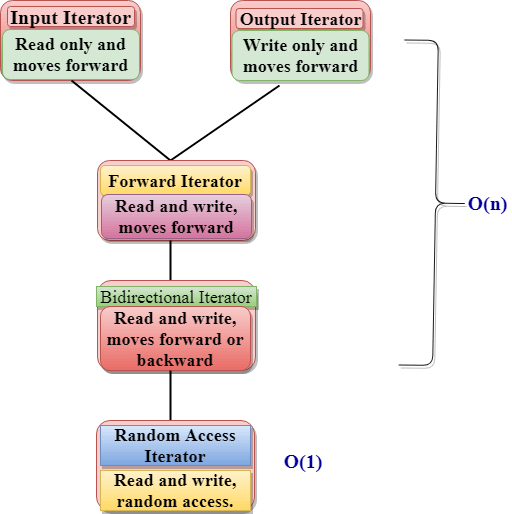
C Iterators Javatpoint
Q Tbn 3aand9gctrsmsu1zwp Fmalksqm0ya A1ctnmdb6rhxok5svcdxxkydvkz Usqp Cau
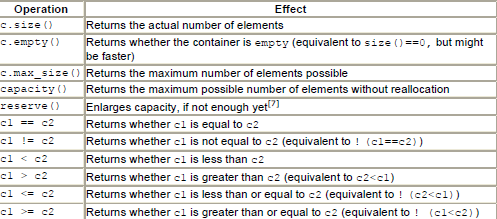
Iterator Functions C Ccplusplus Com
Iterator C++ Example Vector のギャラリー
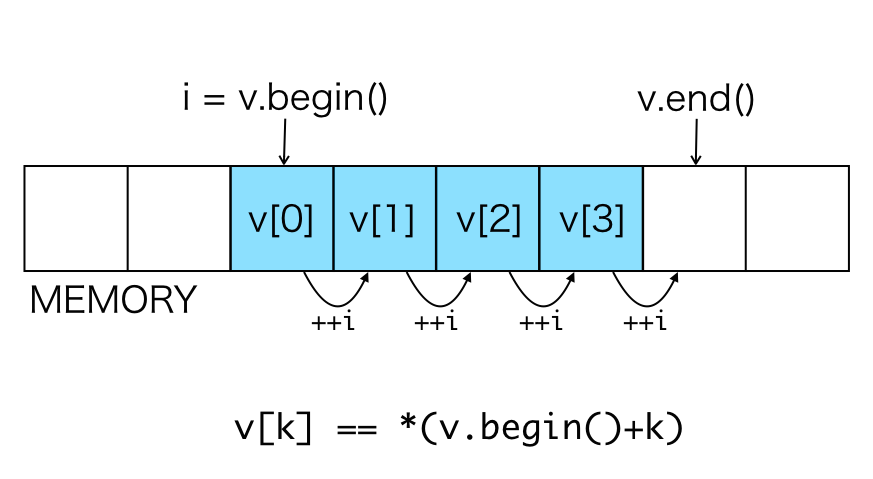
Chapter 28 Iterator Rcpp For Everyone

Traversing Containers The Smart Way In C Harold Serrano

Solved Programming Language C Refer To This Code Chegg Com
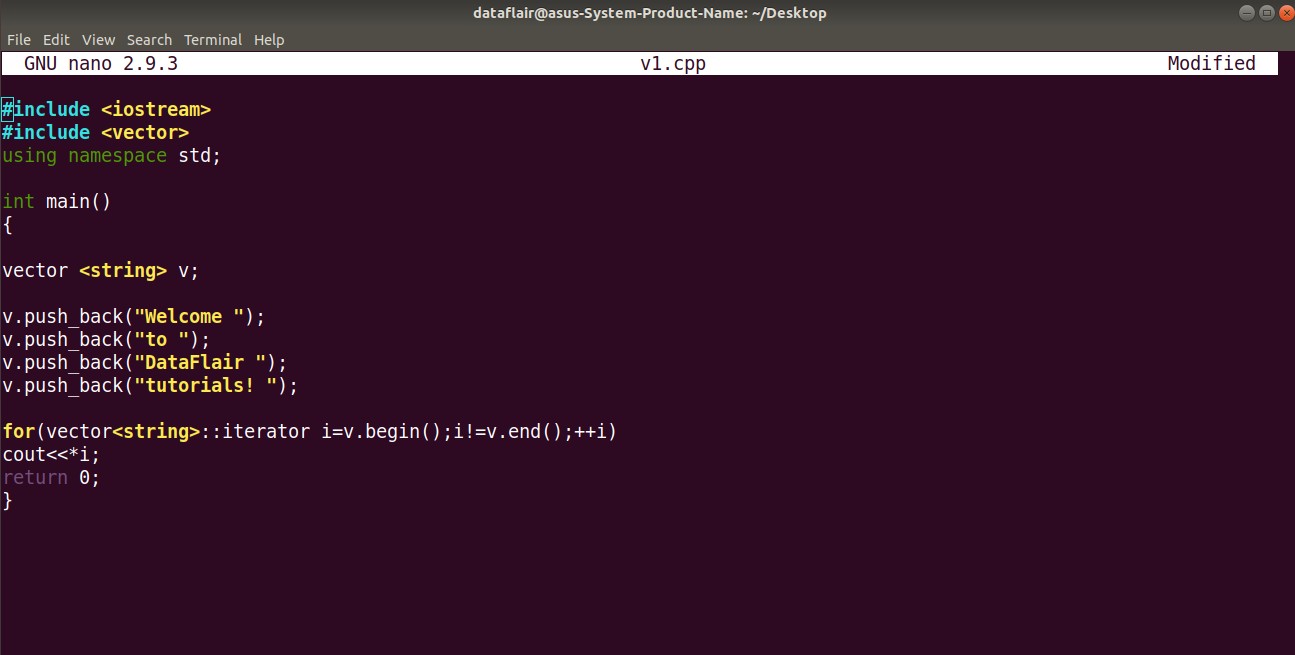
C Vector Learn 5 Types Of Functions Associated With Vector Dataflair

C Vector Begin Function

C Vector Erase Function Javatpoint

Std Begin Cppreference Com

Stakehyhk

Visual Studio C Reverse Iterator Compiles But Throws An Error At Runtime Stack Overflow

Collections C Cx Microsoft Docs
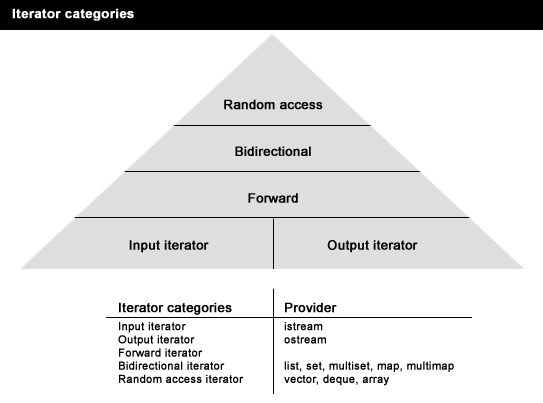
Stl Introduction

Exposing Containers Of Unique Pointers
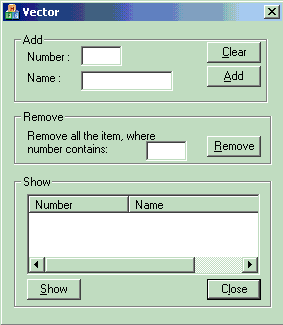
A Study Of Stl Container Iterator And Predicates Codeproject

C Core Guidelines Other Template Rules Modernescpp Com
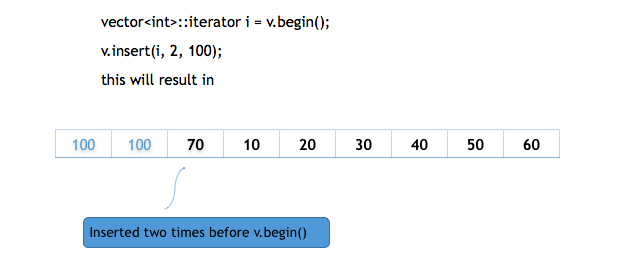
Stl Vector Container In C Studytonight

How To Get Stl List Iterator Value In C Debugger Stack Overflow

Cse 332 C Stl Iterators What Is An Iterator An Iterator Must Be Able To Do 2 Main Things Point To The Start Of A Range Of Elements In A Container Ppt Download

C The Ranges Library Modernescpp Com

C Vector Erase Function

Stl Iterator Library In C Studytonight
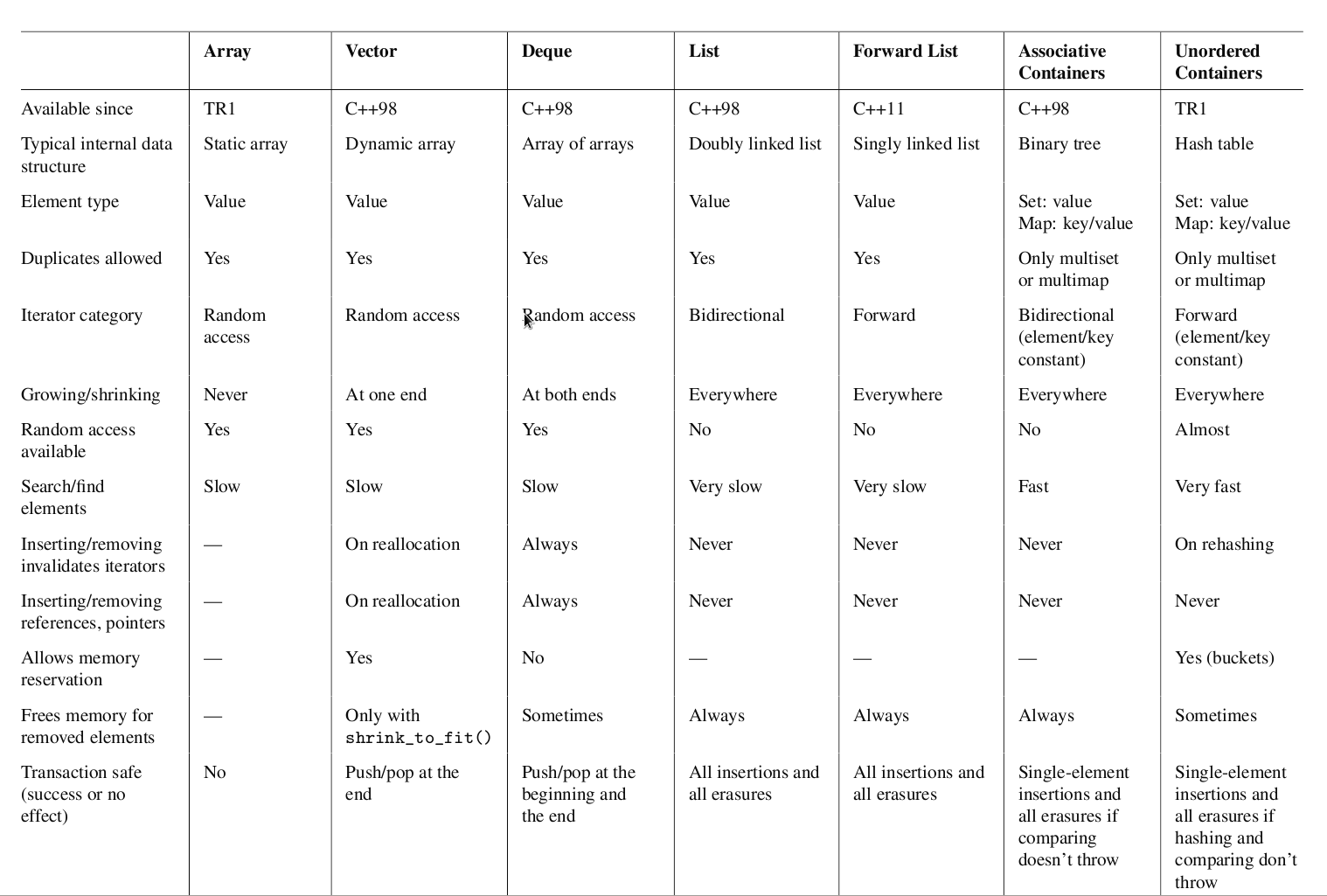
C Stl S When To Use Which Stl Hackerearth
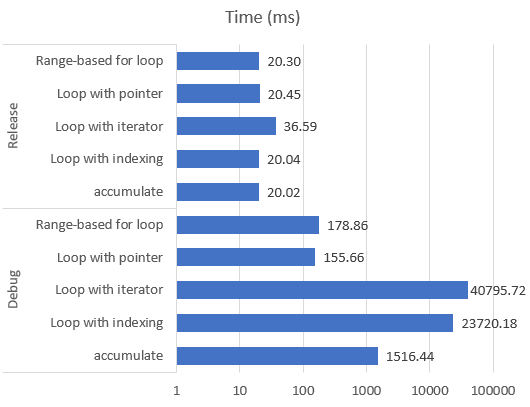
Efficient Way Of Using Std Vector
Q Tbn 3aand9gctp6r4ndil3p3wopexnz1rb1dp Kpadzbytzly2e2pi8ej6w85j Usqp Cau

Why You Re Writing Your C Code Wrong By Shawon Ashraf Medium

C Core Guidelines Std Array And Std Vector Are Your Friends Modernescpp Com

Iterators Iterator An Iterator In C Is A Concept That Refines The Iterator Design Pattern Into A Specific Set Of Behaviors That Work Well With The Ppt Download

Bitesize Modern C Range For Loops Sticky Bits Powered By Feabhassticky Bits Powered By Feabhas

Bitesize Modern C Range For Loops Sticky Bits Powered By Feabhassticky Bits Powered By Feabhas
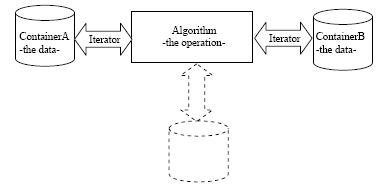
The Effective Way On Learning The C Programming Tutorials On Standard Template Library Stl Containers Vector And Deque With C Program Examples

Iterator Pattern Using C

4 Stl Containers Iterators

Designing C Iterators Part 1 Of 3 Introduction Youtube

Solved Use C And Add Just Add Just Iterator Insert Iter Chegg Com

C Stl What Does Base Do Stack Overflow
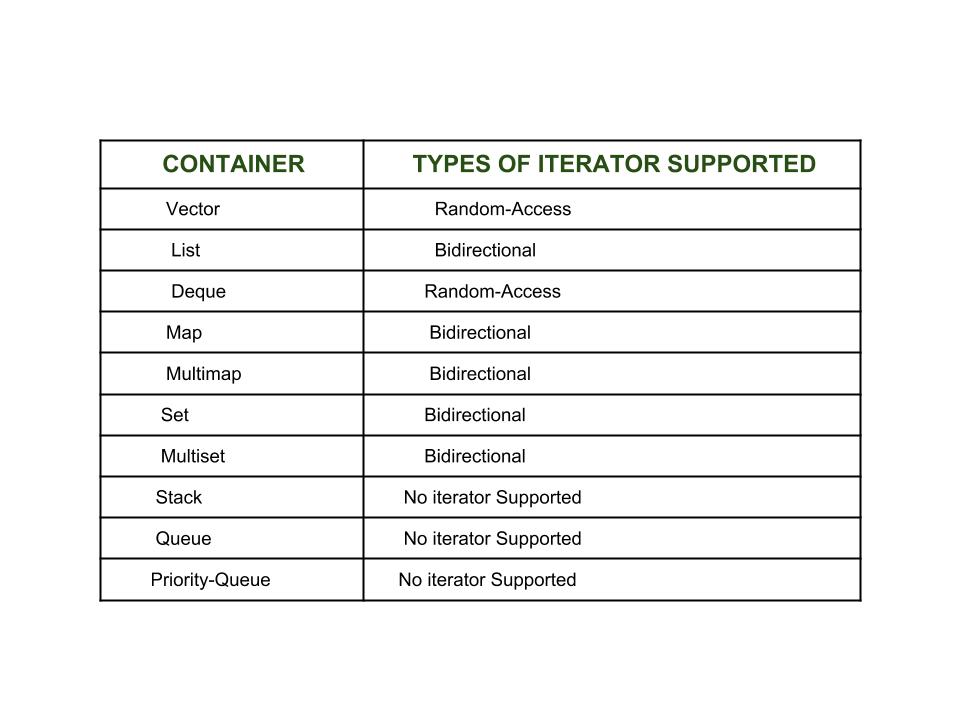
Introduction To Iterators In C Geeksforgeeks
Q Tbn 3aand9gcsh3jxxbbdborcuiahnvvmj2hzvjaj35esp3rrcesdsblw2uyd7 Usqp Cau

C Vectors Iterator Youtube
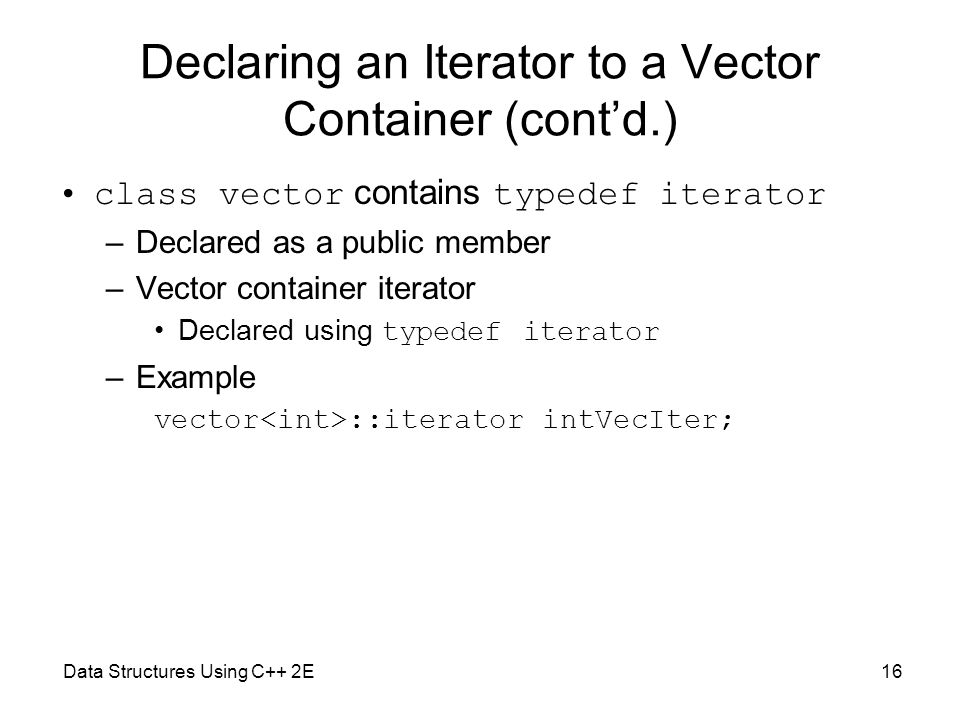
Data Structures Using C 2e Ppt Video Online Download
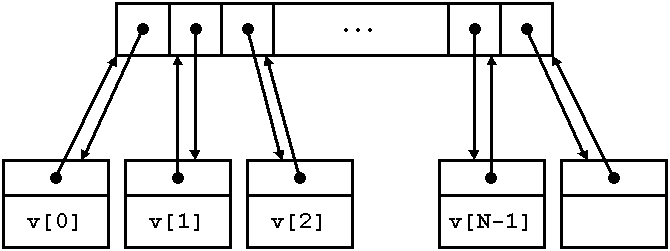
Non Standard Containers
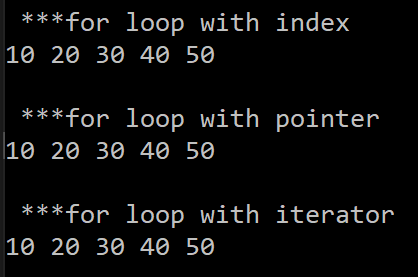
3 C For Loop Implementations Using An Index Pointer And Iterator By John Redden Medium
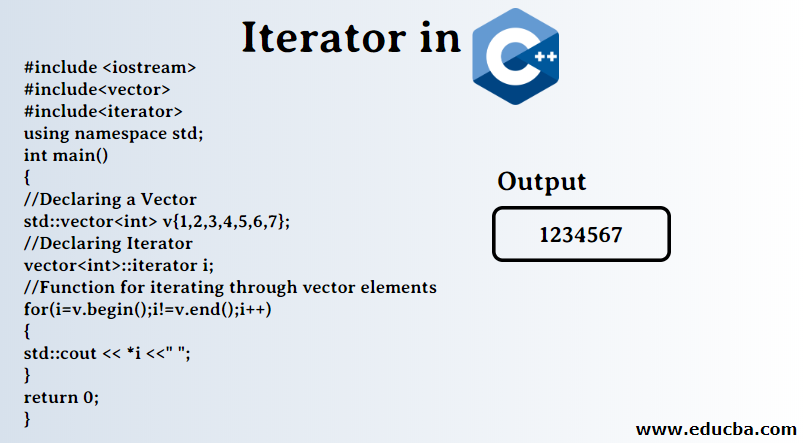
Iterator In C Operations Categories With Advantage And Disadvantage

A Quick Tutorial Of Standard Library In The C 11 Era 2 Overview Of Stl Alibaba Cloud Developer Forums Cloud Discussion Forums
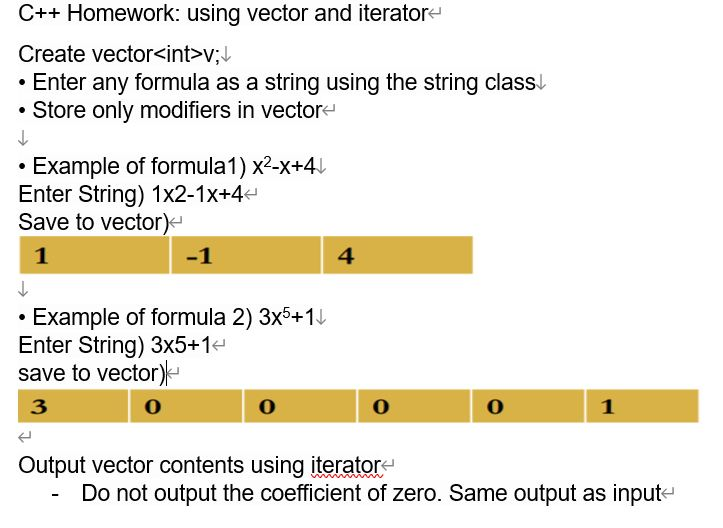
I Am Having Struggle With My C Homework Please Chegg Com

C Iterators Javatpoint
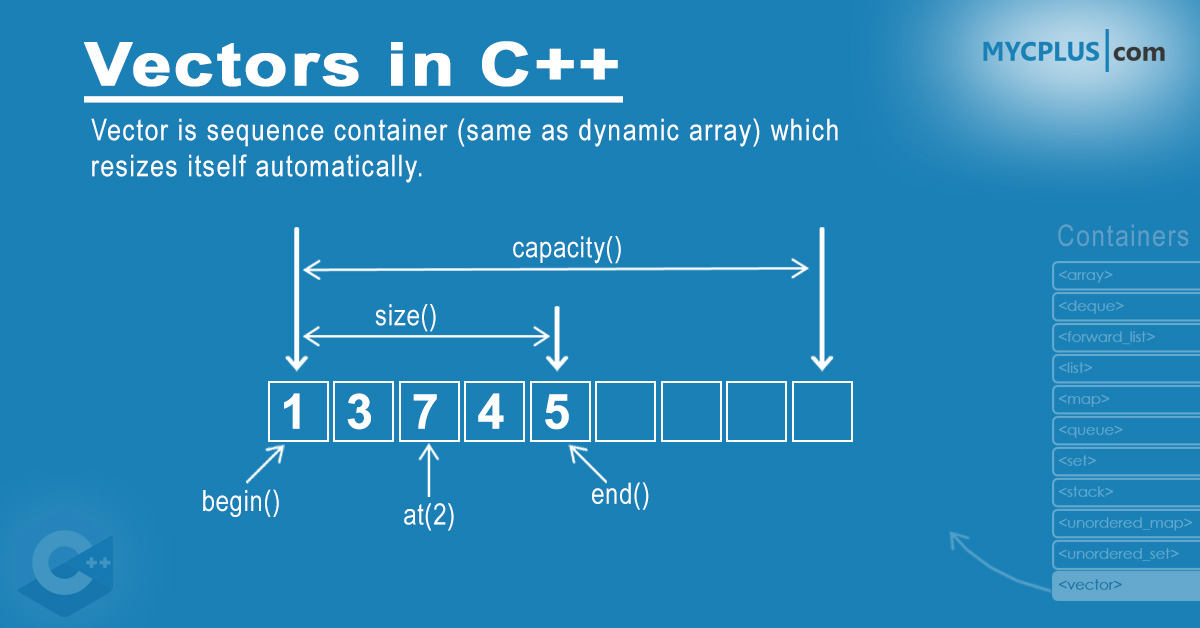
C Vectors Std Vector Containers Library Mycplus

The Foreach Loop In C Journaldev

C Vector Functions Learn The Various Types Of C Vector Functions

Std Rbegin Std Crbegin Cppreference Com
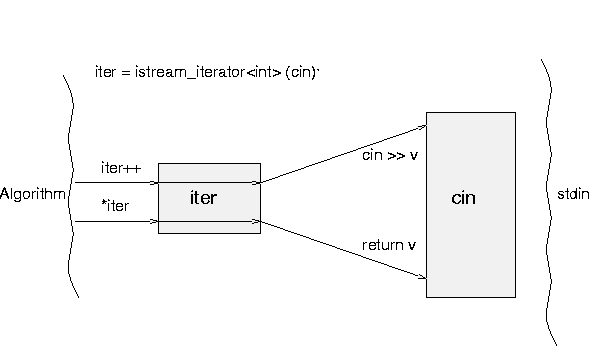
Stl Tutorial

Introduction To Iterators In C Geeksforgeeks

Why Do I Get A Runtime Error Vector Erase Iterator Outside Range Stack Overflow

Modern C Iterators And Loops Compared To C Wiredprairie
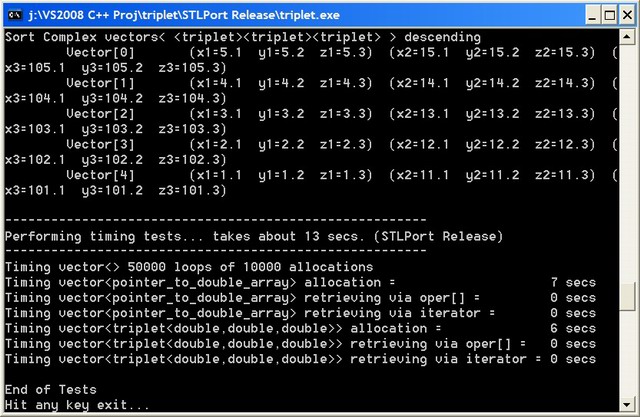
Triplet An Stl Template To Support 3d Vectors Codeproject
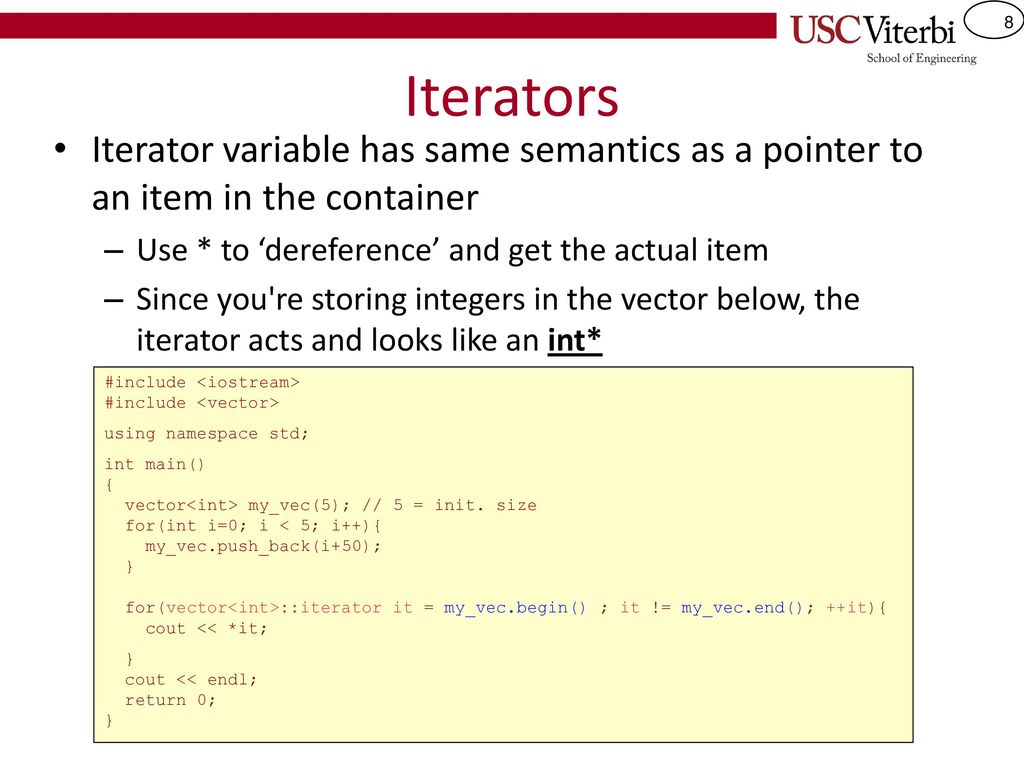
Csci 104 C Stl Iterators Maps Sets Ppt Download
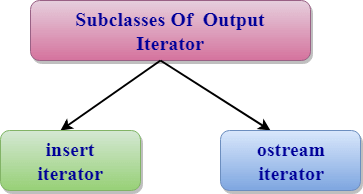
C Output Iterator Javatpoint

C Vector Insert Function Javatpoint
Iterators Programming And Data Structures 0 1 Alpha Documentation

Vector For Iterator Returning A Null Or Zero Object For Each Iteration Solved Dev

A Practice On How To Use The C Iterators Standard Template Library By Using Real C Code Samples

Understanding Vector Insert In C Journaldev
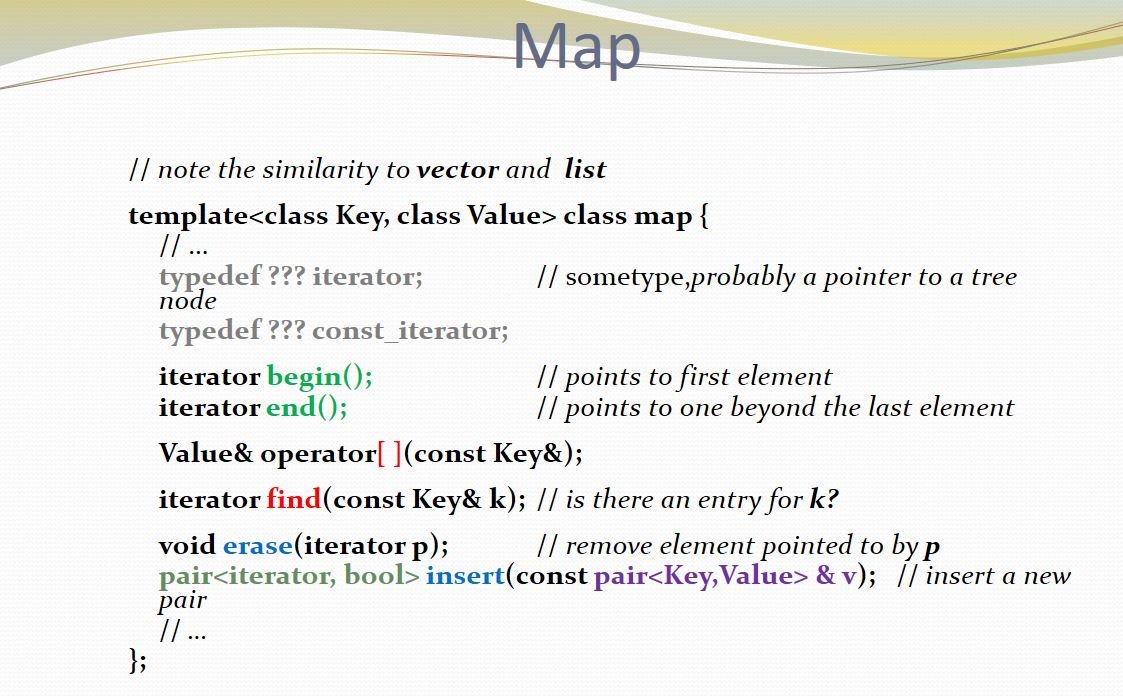
Solved Hi I Have C Problem Related To Stl Container W Chegg Com

What Is The Past The End Iterator In Stl C Stack Overflow

Working With Iterators In C And C Lynda Com Tutorial Youtube

Introduction To Iterators In C Geeksforgeeks

A Gentle Introduction To Iterators In C And Python By Ciaran Cooney Towards Data Science

C Iterator Categories Youtube

Iterator Functions C Ccplusplus Com
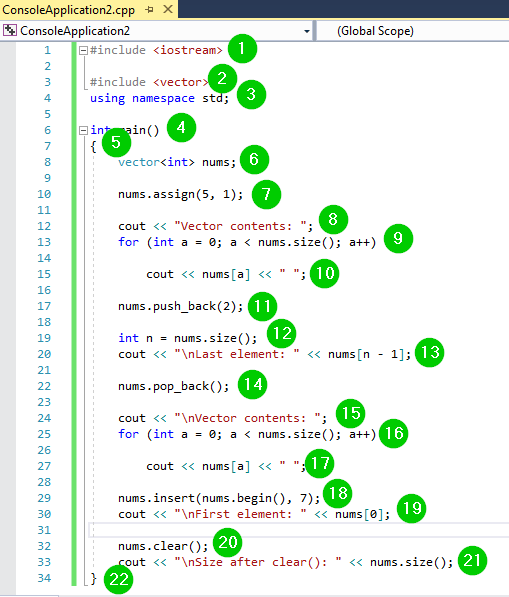
Vector In C Standard Template Library Stl With Example
Ninova Itu Edu Tr Tr Dersler Bilgisayar Bilisim Fakultesi 336 Ise 103 Ekkaynaklar G6

Collections C Cx Microsoft Docs

C Vector Begin Function Alphacodingskills
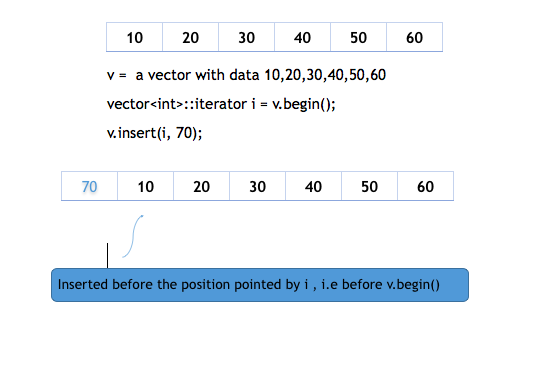
Stl Vector Container In C Studytonight
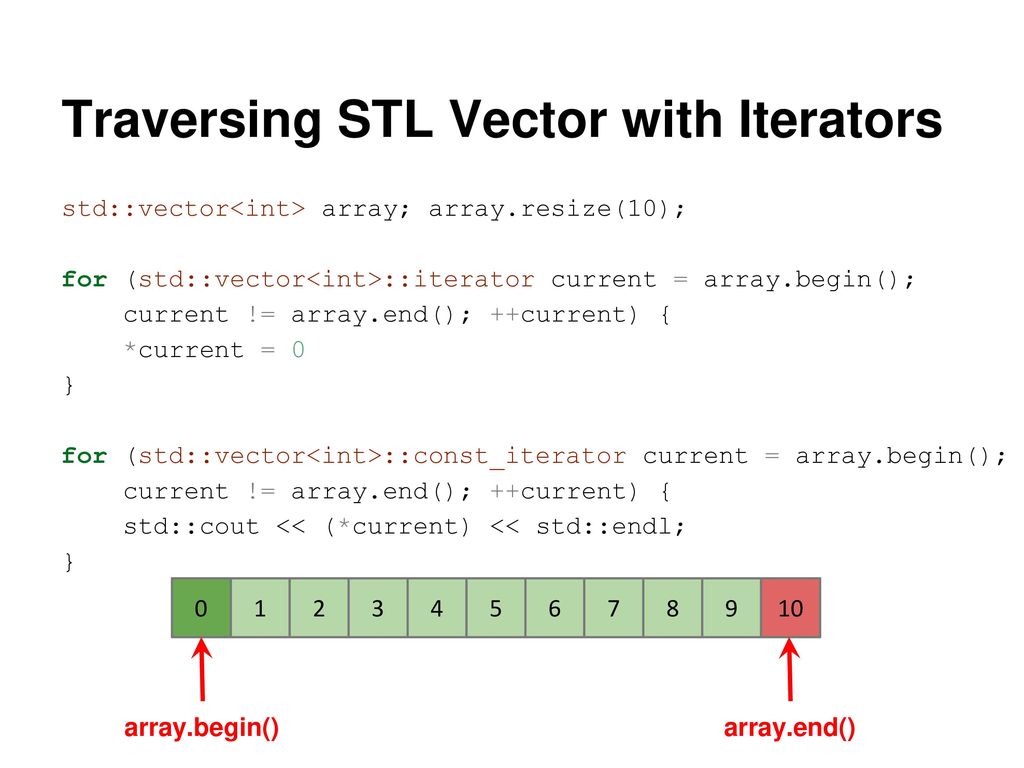
C Standard Template Library Ppt Download

Array Like C Containers Four Steps Of Trading Speed

C Stl Library Std Vector Iterators Part 2 Vector Functions Insert Erase Youtube
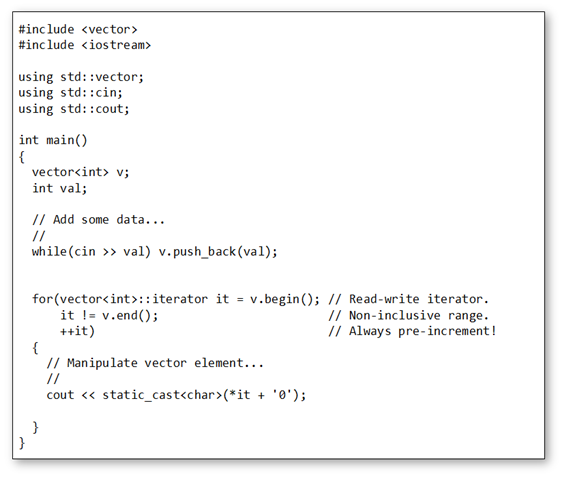
Bitesize Modern C Range For Loops Sticky Bits Powered By Feabhassticky Bits Powered By Feabhas
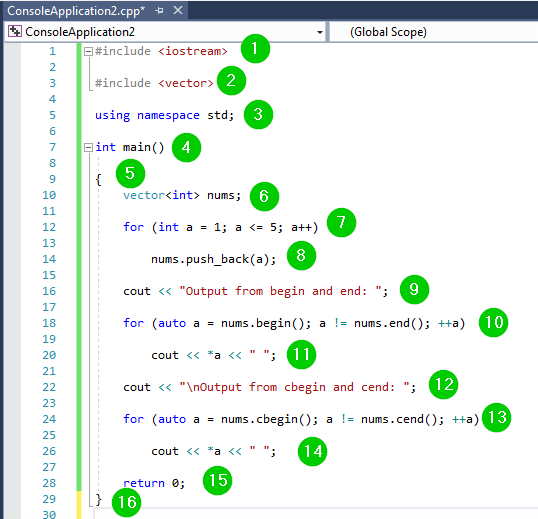
Vector In C Standard Template Library Stl With Example

C Storing Iterators Of Std Deque Stack Overflow

Quick Tour Of Boost Graph Library 1 35 0
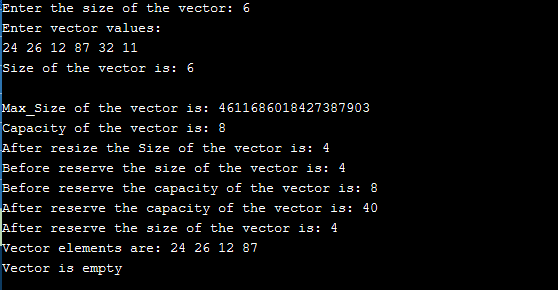
C Vector Example Vector In C Tutorial
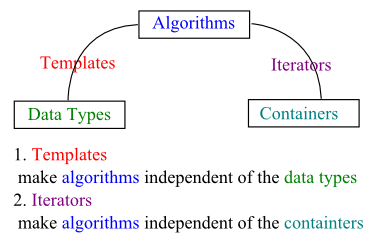
C Tutorial Stl Iii Iterators
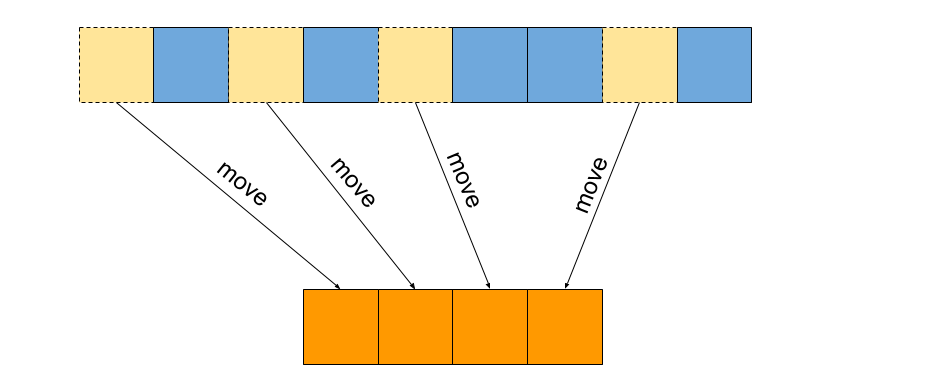
Move Iterators Where The Stl Meets Move Semantics Fluent C

Input Iterators In C Geeksforgeeks
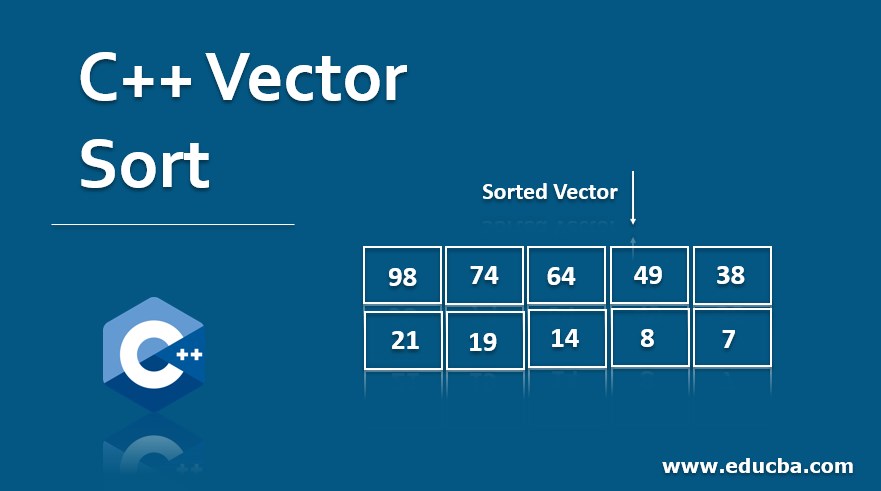
C Vector Sort How Does Vector Sorting Work In C Programming
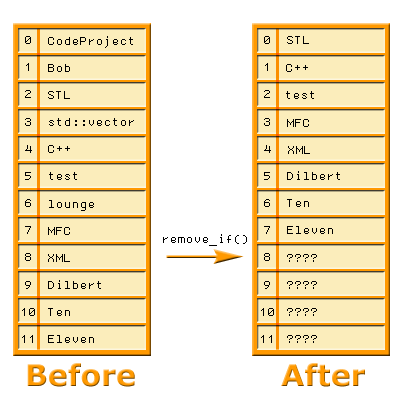
A Presentation Of The Stl Vector Container Codeproject

A True Heterogeneous Container In C Andy G S Blog
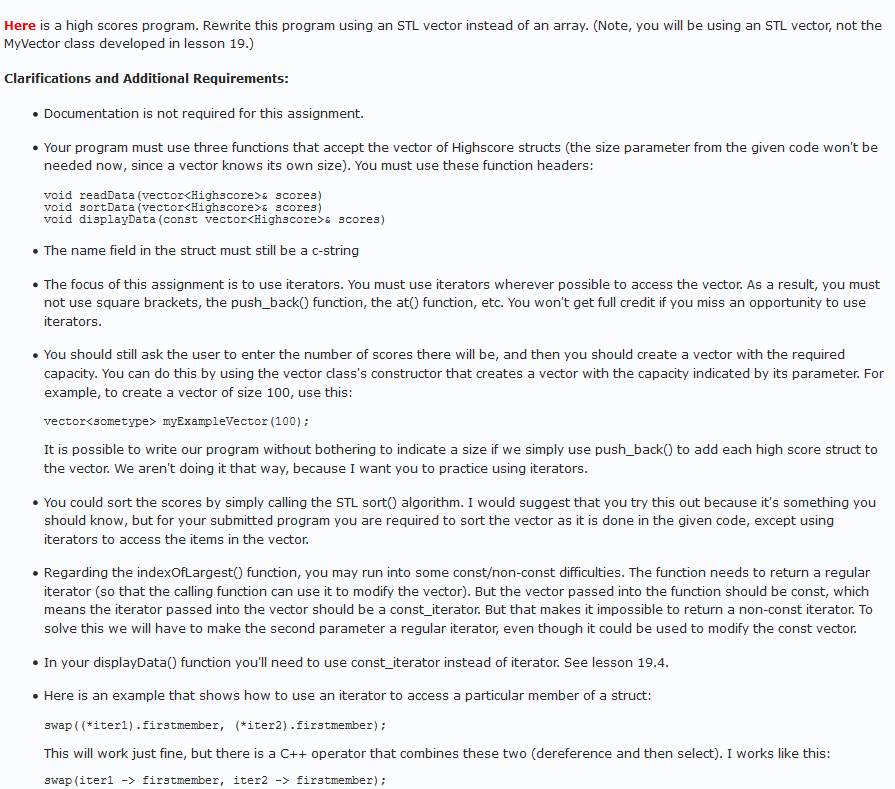
C Stl Vectors Part 2 Include Precondition Chegg Com

Why Adding To Vector Does Not Work While Using Iterator Stack Overflow
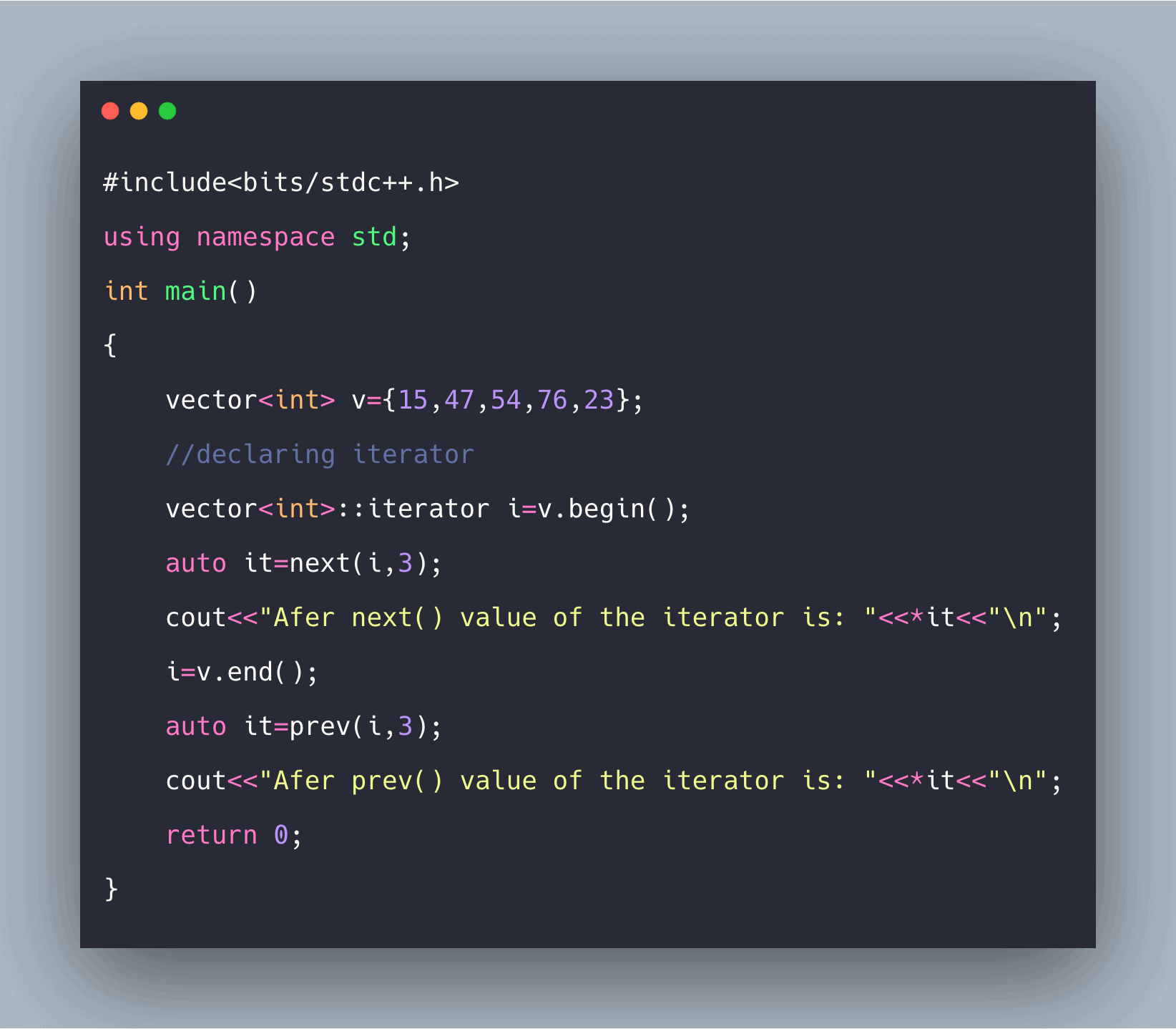
C Iterators Example Iterators In C

Avoiding Iterator Invalidation Using Indices Maintaining Clean Interface Stack Overflow
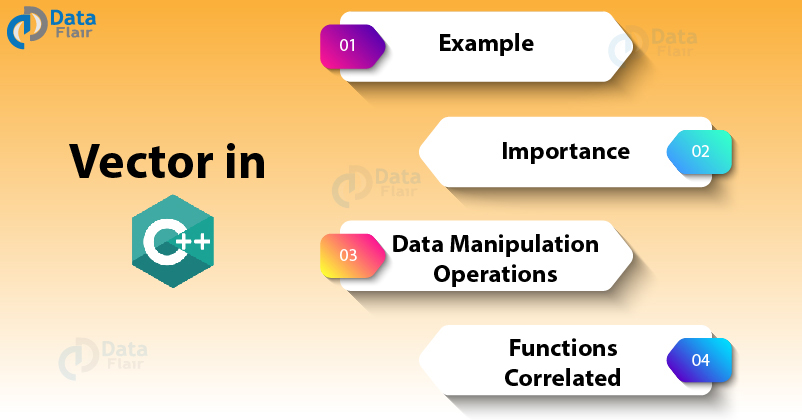
C Vector Learn 5 Types Of Functions Associated With Vector Dataflair
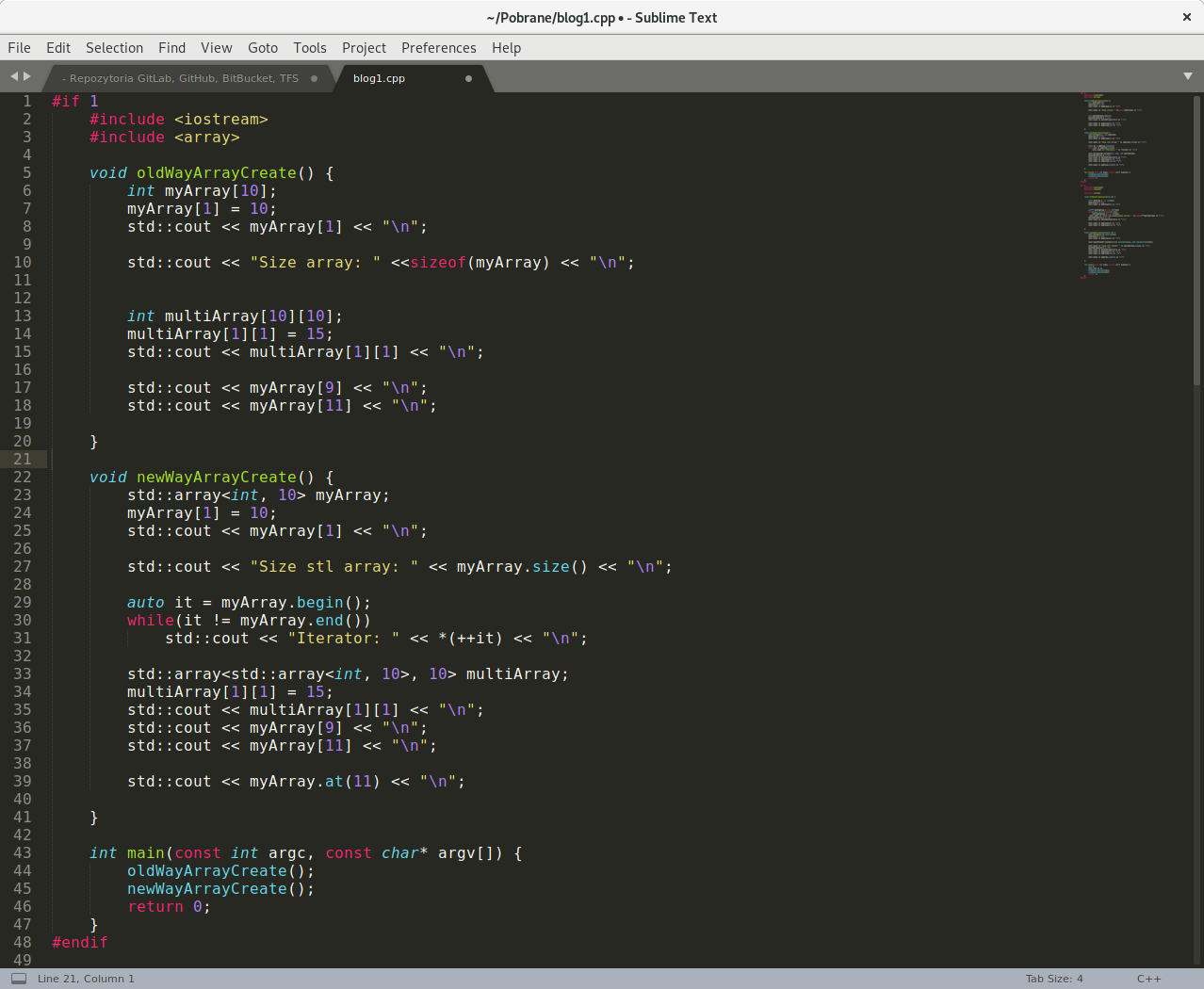
The First Step To Meet C Collections Array And Vector By Mateusz Kubaszek Medium

A Very Modest Stl Tutorial

Why Stl Containers Can Insert Using Const Iterator Stack Overflow
Q Tbn 3aand9gcrw Tgwdroj1pf4o 3wmmvkoueaqt4lyjcxysn4ngk7jrvx4z0h Usqp Cau

C Programming Program Design Including Data Structures Fourth Edition Chapter 22 Standard Template Library Stl Ppt Download

Cse 332 C Stl Iterators What Is An Iterator An Iterator Must Be Able To Do 2 Main Things Point To The Start Of A Range Of Elements In A Container Ppt Download
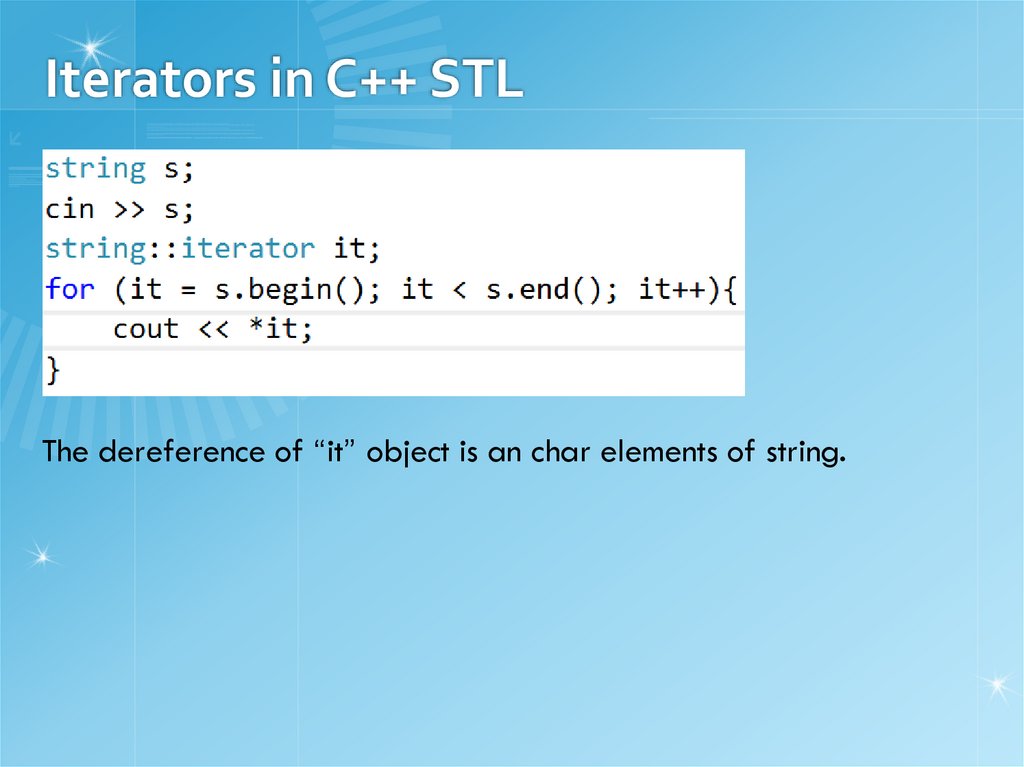
Vectors And Strings Online Presentation

C Std Remove If With Lambda Explained Studio Freya

C Reverse Iterator Tutorial Youtube

How To Write An Stl Compatible Container By Vanand Gasparyan Medium



